Insights
This is where we share thoughts and ideas. Some posts might be quick observations, others more considered thoughtful articles, but they’re all about provoking discussion around the retail experience.
This is where we share thoughts and ideas. Some posts might be quick observations, others more considered thoughtful articles, but they’re all about provoking discussion around the retail experience.
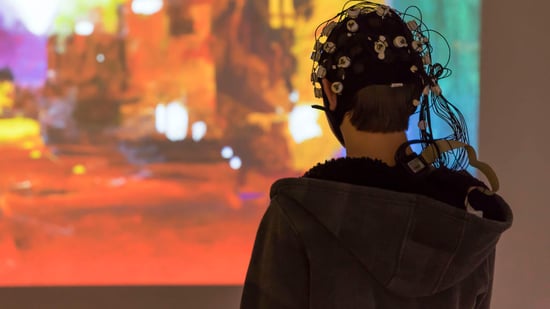
Designers are always striving to create the beautiful, but retail is an industry driven by metrics. Decisions are rarely made without the analysis of data, in the hope of minimising risk. It is used to evaluate a store’s performance and to inform decisions about store design. The field of Neuroaesthetics is starting to allow us as designers to quantify the case for the beautiful, helping to put the business case for investment in store aesthetics.
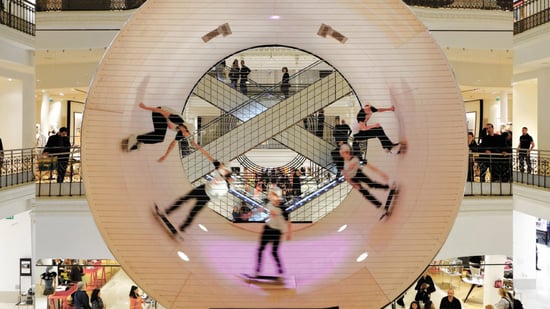
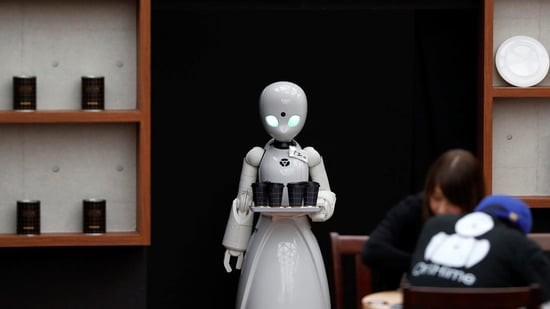

Retail businesses have rightly begun to prioritise critical social issues such as environmental sustainability and inclusion and diversity. However, the true impact of retail stores extends far beyond these issues. Retail’s influence has become increasingly evident as restrictions forced stores to temporarily close, only then did we recognise its true value in our lives. We’d taken retail for granted, forgetting its purpose as a stage for culture and creativity, a place for community and social contact, and its role as an employer.
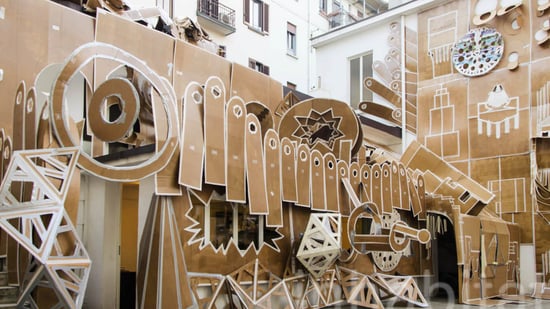 Halving the Cost, not the Experience
Halving the Cost, not the ExperienceAs the retail sector continues to navigate through one of the biggest transformations in its history, the future can at times feel uncertain. However, there is one thing we can be sure of. Whether you are an online ‘disruptor’ venturing into physical retail or an established global retail icon reimagining your store ‘experience’, at some stage you will need to value engineer your physical retail format.
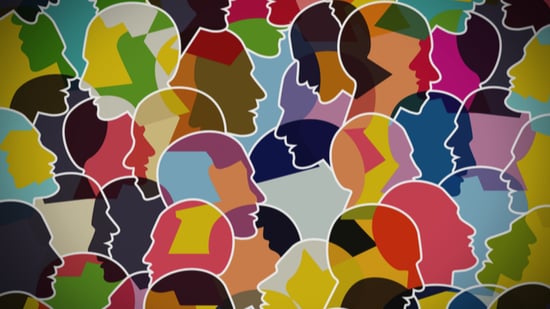 The Unbearable Sense of Shopping
The Unbearable Sense of ShoppingImagine shopping while every sense is amplified. The conversations between customers are so loud it's like they are yelling. The ceiling lights are near blinding, and flashing lights from media screens and tablets around the store are nauseating. There is a store fragrance that is so overpowering you can taste it. For some people with sensory processing issues, this can be their experience of a store environment.
 Sustainable Opportunities Beyond Materials
Sustainable Opportunities Beyond MaterialsMaterials play an important part in the sustainable development conversation, but are just one small piece of a very big puzzle. It is when retailers consider sustainability more broadly that they can have the most impact. In this article we share a snapshot of the opportunities retailers have at their disposal to extend their sustainable strategy and to have considerable social impact.
 Retail's Responsibility to Deliver a Sustainable Future
Retail's Responsibility to Deliver a Sustainable FutureThere is now a far greater demand from consumers for businesses and brands to support social causes and benefit society; and the expectation to be more sustainable is a fundamental component of this. Being sustainable is no longer a ‘nice to have’. In this article we consider the importance in having a clear and achievable sustainable strategy, and why brands with a physical retail presence are uniquely placed to have significant impact.
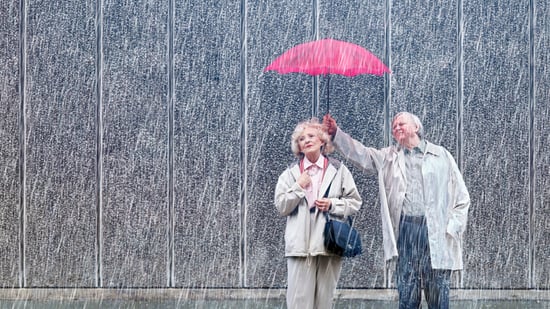 Why Virtue is the New Cool
Why Virtue is the New CoolPriorities of the modern consumer have shifted to make kindness and empathy the key to sustained market growth and consumer trust and loyalty. The Millennial generation is the largest in history and has unprecedented buying power. Today, consumers have a more positive view of a company, when that company supports a social cause. As brands try to capture the attention of consumers, there has been a shift from brands seeking engagement, to having to earn public approval. Successful brands of the future must be virtuous. And the most successful retail brands will have virtuous store experiences.
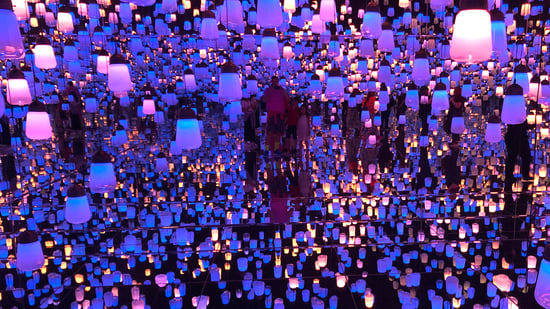 Everywhere Retail Beyond the New Normal
Everywhere Retail Beyond the New NormalThe COVID-19 pandemic has given retail a rare opportunity to stop and consider what we want the future of retail to become. Yet, while we wait for life to return to normal, we have seen two fundamental shifts in our attitudes and behaviour: an increased sense of empathy for others, and protection for ourselves. On the other side of this pandemic, retail will need to respond to these new needs of customers and find innovative new ways to create brand experiences. We have identified several areas of emerging attitudes and have outlined how they lead to exciting opportunities in retail in a series of articles.
 The Value Gap a New Blueprint for Customer Expectations
The Value Gap a New Blueprint for Customer ExpectationsThe Value Gap is a feeling you have when you perceive that you have got more value than you expected from a transaction. It’s the gap between shoppers’ expectations and reality. This feeling is the Holy Grail of the Smart Shopper mindset. In this article we explore the some of the expectations of the Smart Shopper and identify factors that are mechanisms for creating great value in your store.
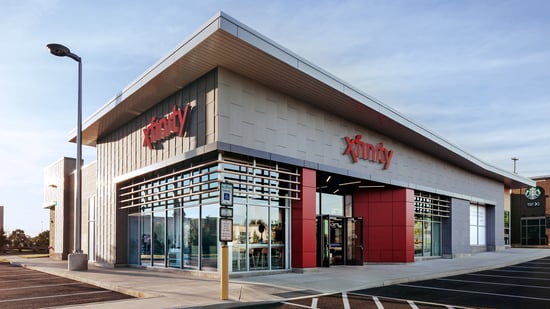 Designing the Right Retail Experience
Designing the Right Retail ExperienceOur Founder, Ian Johnston was joined by John Giacomazzi, VP of Retail Merchandising and Store Design at Xfinity, to deliver a talk at EuroShop 2020. This focused on the importance of designing the ‘right’ experience in physical retail stores. This article is based on the key themes that Ian and John discussed.
 Diversity and Inclusion in Retail
Diversity and Inclusion in RetailDriven by a shift in consumers’ expectations, Diversity and Inclusion are becoming increasingly more important for businesses globally. Does it really matter that this is a response to commercial pressure or a higher moral duty? This shift by businesses is both encouraging and necessary. Fed by our belief that retail experiences play a role in defining our broader social interactions, we have been asking ourselves how corporate Diversity and Inclusion policies translate into the physical retail environment and customer experience.
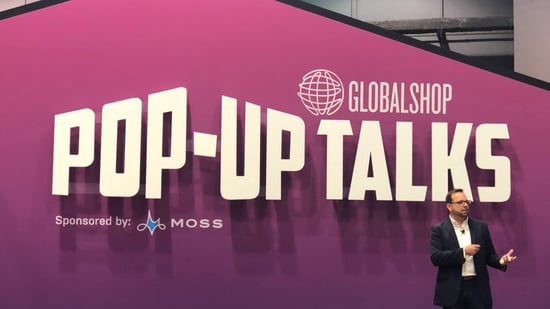 GlobalShop 2019 Key Trends and Topics
GlobalShop 2019 Key Trends and TopicsThe Quinine team attended GlobalShop’s Retail Exhibition and Conference in Chicago to get involved in the key discussions and debates on the latest trends and technologies that are affecting the retail sector across the world. We identified a number of key topics, which were influenced by the many retailers and brands we met, the exhibitors we engaged with, the presenters at the Pop-Up Talks, along with the keynote speeches. It was an inspiring event that left us with many things to consider going forward.
 The Importance of the Staff Experience
The Importance of the Staff ExperienceWhen you put engaged and inspirational store staff into a thoughtfully designed store, this is where the real magic can happen, this is where brands can stand out. All too often the dialogue surrounding Experiential Retail focuses almost exclusively on Customer Experiences. Of course, this carries huge importance in the long-term success of any retail format, but when understanding a Retail Experience, we must look beyond the Customer.
 Transform Existing Formats
Transform Existing FormatsWhy transforming an existing retail format might be a better idea than starting from scratch. In the past few years, technological transformation, changing demographics and demanding customers have driven many retailers to explore new retail formats. It’s easy to understand the allure, but is this always the right path?

Most people will tell you that this type of engagement is a waste of time and money, for both client and agency. So why do companies continue to use such outdated methods for procuring creative services? Of course, an RFP is perfectly acceptable for items that can be accurately and consistently compared. Things like paper clips, pens and toilet paper! But is an RFP the right way to secure an expert to consult on complex design problems?
 Communicating in your Client's Language
Communicating in your Client's LanguageA vital and often overlooked aspect of the designer's job is how we communicate that vision to clients, collaborators and suppliers. Poor communication means many great ideas don’t make it beyond the drawing board. If clients don’t buy into the idea to start with, it just won’t happen.How, when and where you communicate your idea can all influence the outcome and need to be considered carefully.
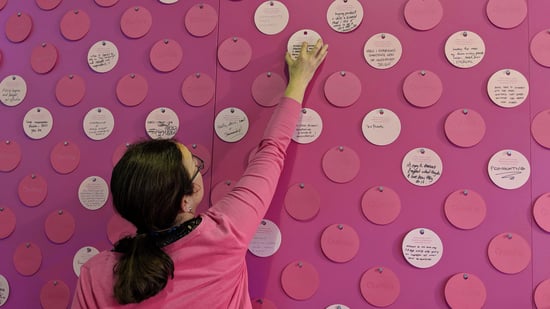 What Makes a Meaningful Retail Experience?
What Makes a Meaningful Retail Experience?
 Better Customer Experiences Start with Staff
Better Customer Experiences Start with Staff
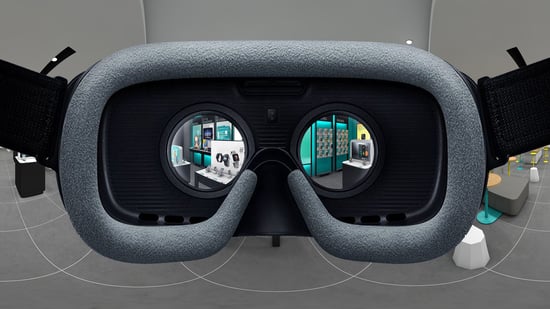 The Power of Virtual Reality
The Power of Virtual RealityThe best retail designers are not only great ideas people, they’re also highly skilled at explaining and selling in their concepts. Charisma and eloquence count in these early stages, convincing the client to part with their precious budget is a tall order at the best of times. However, since the earliest days, designers have always needed a little help in showing what’s in their heads.
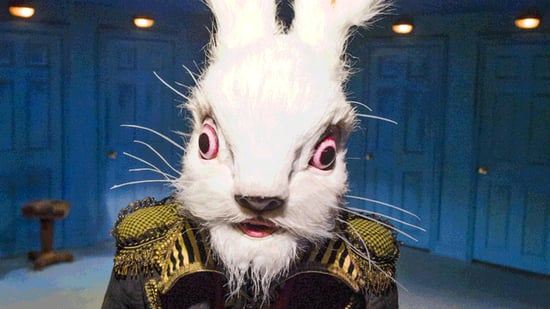
Inspired by a recent trip to an interactive theatre experience called ‘Alice’s Adventures Underground’. Instead of taking a seat, the viewer becomes part of an optical illusion installation. The experience is immersive, engaging, and gets you physically involved. It was a very powerful experience — one that should be used far more in retail environments.